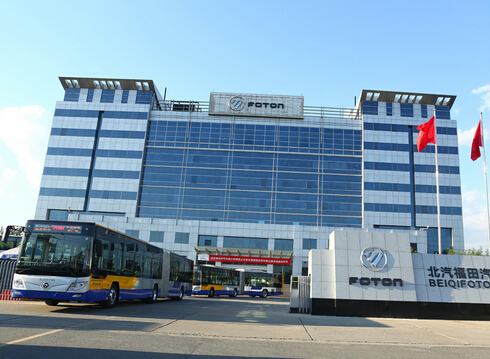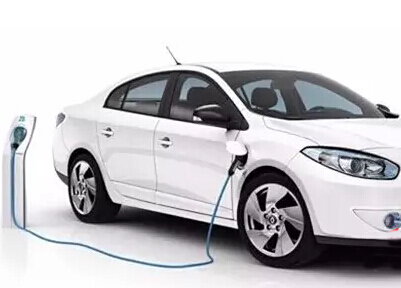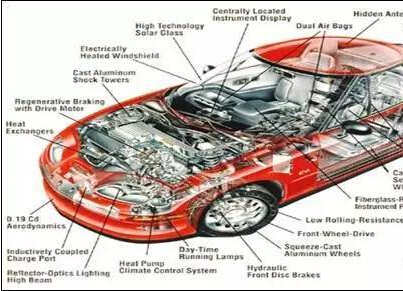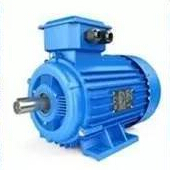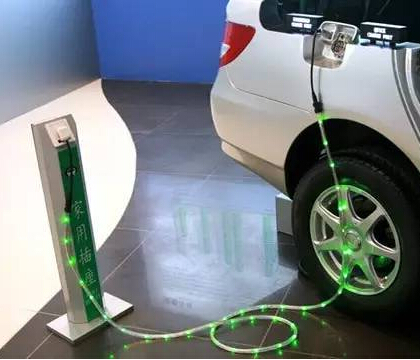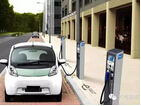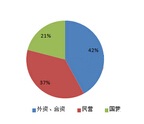With clear policy guidance, sales of new energy vehicles will continue to grow rapidly
In February 2018, the Ministry of Finance issued a new subsidy policy for new energy vehicles in 2018, which announced new subsidy standards and technical requirements, and stipulated that the transition period will be before June 11. According to the “Analysis Report on Market Prospects and Investment Strategic Planning for New Energy Automotive Industry” published by the Industry Research Institute of Foresightedness Industry, the industry has ushered in the grab market in the first quarter of 2018. In March, the production and sales of new energy vehicles were 67,900 vehicles respectively. 67,800 units, representing a year-on-year increase of 105.0% and 117.4% respectively, are expected to continue their high growth in the second quarter. On April 1, 2018, the dual-integration policy of China's auto industry will be formally implemented, which will cover the largest part of domestic passenger car manufacturers (with an annual output of more than 30,000) and import passenger car supply companies. The dual-point system will force passenger car manufacturers to increase the development of energy-saving fuel vehicles and new energy vehicles. It is expected that more and more new energy vehicles will be introduced to the market in the second half of 2018, and new energy vehicles will be produced and sold in 2020. The goal of 2 million vehicles is expected to be achieved smoothly.
2017-2018 monthly sales of new energy vehicles and year-on-year growth (units)
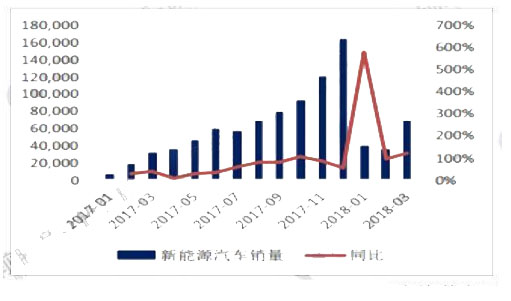
Policy subsidies for changes in slopes, new energy auto companies face challenges
In recent years, the threshold for subsidy policy has gradually increased. Due to various factors, the completion rate of subsidy for passenger cars was poor in 2016. Among the models declared in 2017, some models of BAIC and BYD did not pass subsidy because they did not access the national regulatory platform. Since 2018, the momentum for the development of new energy vehicles in China is still relatively good, but with the subsidy retreat, the profits of auto companies will also be affected.
Policy impact, need to reduce costs
It is worth noting that although new energy vehicles have made progress in terms of technology, mileage, etc. under the support of policies, there are still immature places. This is mainly the unpredictability of policies.
Under the influence of the policy baton, high mileage has become an important direction for the development of various car companies. The subsidy policy supports more vehicles with cruising range of more than 300km. Therefore, the mileage of new energy vehicles has been effectively improved in recent years. At present, the models of most enterprises can reach 300km.
For enterprises, facing the subsidy withdrawal, reducing costs is the most critical.

As new energy auto companies need large amounts of capital in the early stages of development, such as manufacturing costs, procurement costs, and mold opening, the state gives certain policy subsidies to support them. However, in order to better promote the healthy development of the new energy auto industry, the subsidy policy must be gradually reduced within a limited time.
On the other hand, new energy vehicles are so much more expensive than fuel vehicles, mainly due to higher battery costs. The cost of 50% of electric vehicles purchased by customers comes from the battery. In the 3 to 5 years of use cycle, the value of this battery is 20% to 30%. After the end of the service period, the battery is worth about 10%. In other words, only about 30% is used, and 70% of the battery cost is wasted. From this point of view, the separation of the value of the car or the change of the battery usage mode can also significantly reduce the cost of the car.
Although new energy subsidies after 2020 will probably be cancelled, the country’s support for new energy vehicles will continue to continue. For example, new vehicle purchase tax preferential policies will tend to new energy vehicles. Non-cash subsidies cannot be ignored, including the switch of license plates in restricted cities. The local subsidy can best be put into the use of new energy vehicles and the construction of public charging piles.
















 RCCN WeChat QrCode
RCCN WeChat QrCode Mobile WebSite
Mobile WebSite
